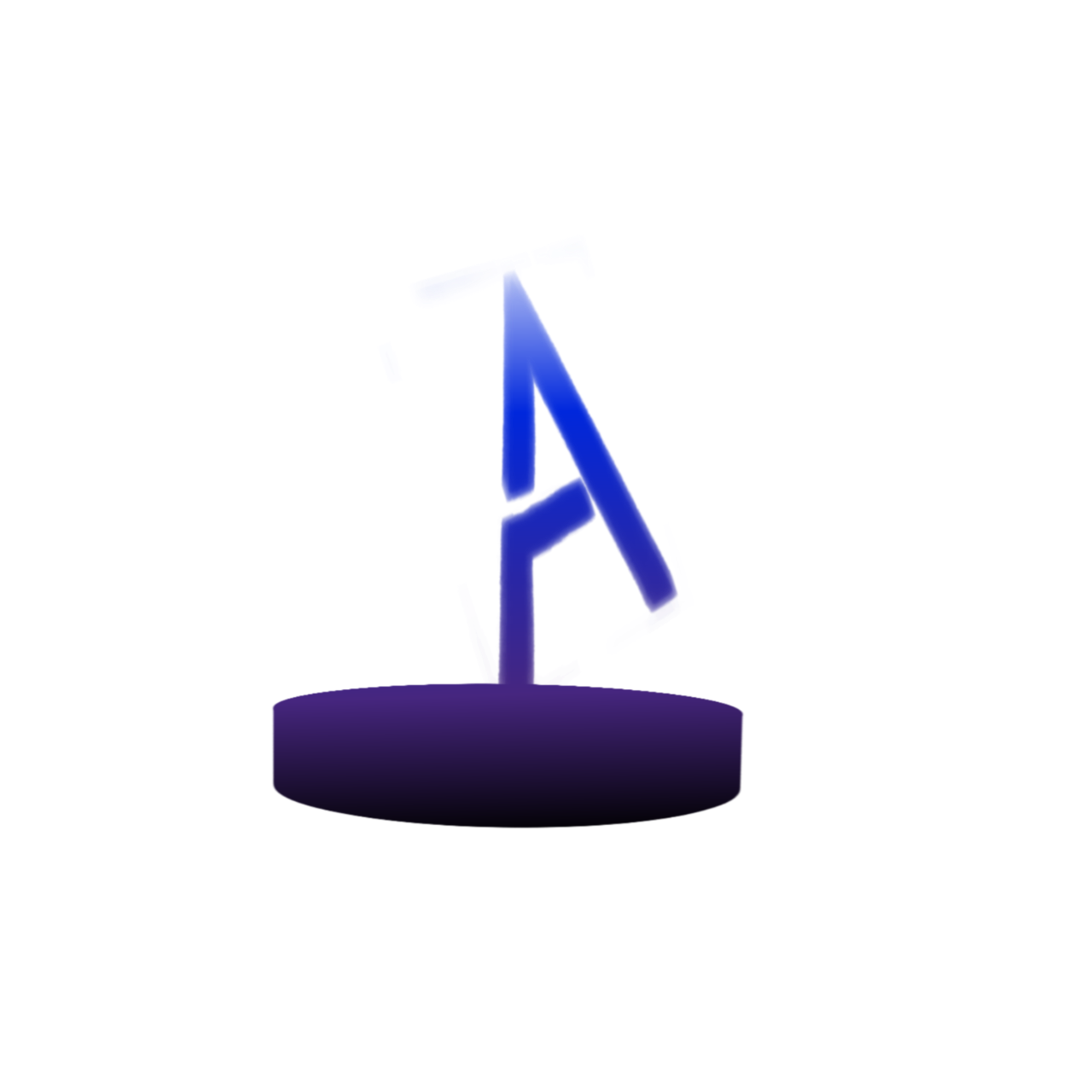Are you eager to explore the world of cryptocurrency and wondering how to mine cryptocurrency? You're in the right place. Cryptocurrency mining is the process of validating transactions on a blockchain and adding them to a public ledger, all while earning rewards in the form of cryptocurrency. In this beginner's guide, we'll walk you through the essential steps to get started with cryptocurrency mining.
Choose the Right Cryptocurrency: The first step in learning how to mine cryptocurrency is selecting the digital currency you want to mine. Bitcoin, Ethereum, and Litecoin are some of the popular choices. Make sure to research and choose a cryptocurrency that aligns with your mining equipment and goals.
Get the Necessary Hardware: To mine cryptocurrency, you'll need specialized hardware. For Bitcoin, this means using Application-Specific Integrated Circuits (ASICs), while Ethereum can be mined with Graphics Processing Units (GPUs). It's essential to invest in quality hardware for efficiency and profitability.
Select a Mining Software: You'll need mining software compatible with your chosen cryptocurrency. Software options like CGMiner, BFGMiner, and NiceHash are popular choices. Ensure your software is compatible with your hardware and operating system.
Join a Mining Pool: Cryptocurrency mining can be highly competitive, and solo mining might not yield substantial results. Joining a mining pool allows you to combine your computational power with other miners, increasing your chances of earning consistent rewards.
Create a Cryptocurrency Wallet: To receive the cryptocurrency you mine, you'll need a secure wallet. There are various types of wallets, including hardware wallets, software wallets, and online wallets. Choose one that suits your needs and ensures the safety of your earnings.
Start Mining: Install your chosen mining software, configure it with the pool's details, and connect it to your wallet. Once everything is set up, your mining rig will begin solving complex mathematical puzzles to validate transactions on the blockchain.
Monitor and Optimize: Regularly check your mining operation's performance, temperature, and power consumption. Optimization is crucial to maximize your mining profitability. Ensure your hardware is well-maintained to avoid downtime.
Understand Tax Implications: Cryptocurrency mining may have tax implications in your country. Consult with a tax professional to ensure you comply with local regulations and report your earnings properly.
Stay Informed: The cryptocurrency landscape is constantly evolving. Stay updated on market trends, technological advancements, and changes in mining algorithms. Flexibility and adaptability are key to long-term success.
Secure Your Earnings: As you mine cryptocurrency, make sure to secure your earnings by following best security practices. Protect your wallets and private keys from potential threats and hacks.
In conclusion, learning how to mine cryptocurrency can be an exciting and potentially profitable endeavor. However, it requires careful planning, investment in the right hardware and software, and a commitment to staying informed about this ever-evolving industry. By following these steps, you can embark on your cryptocurrency mining journey and join the ranks of miners around the world. Happy mining!



.png)
.png)
.png)


0 Comments